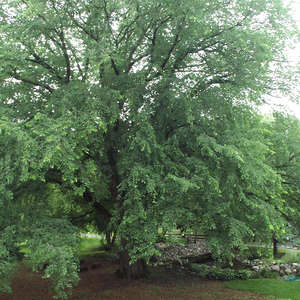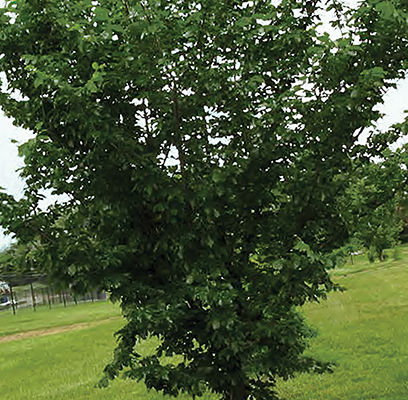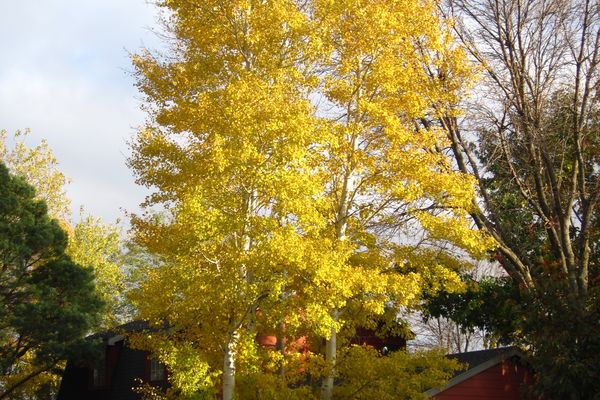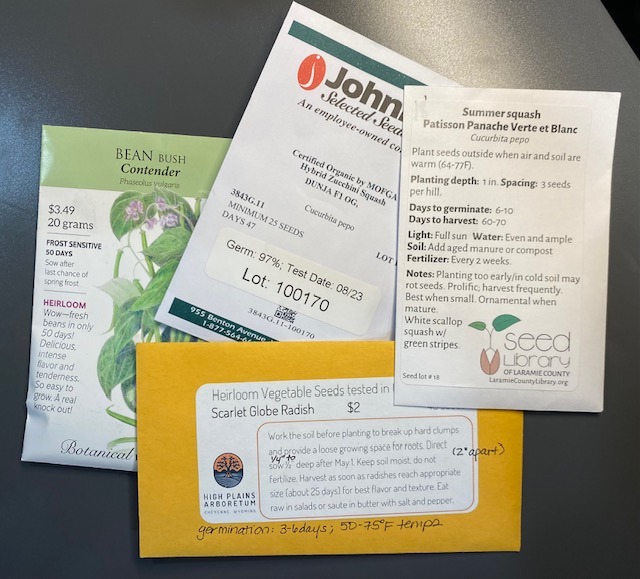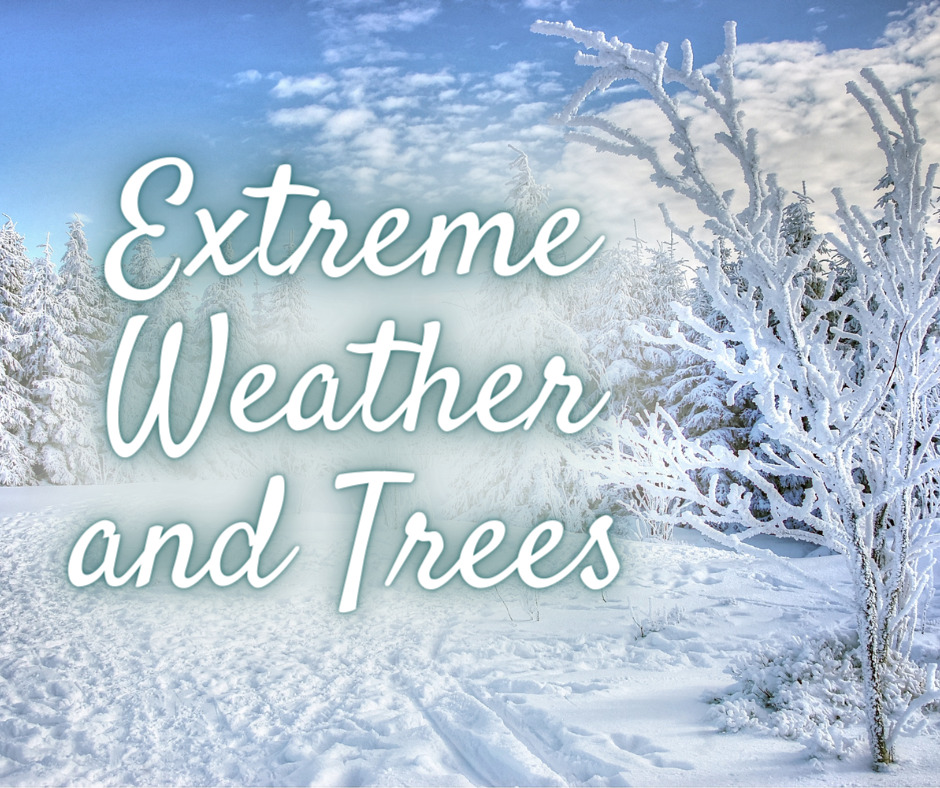The USDA plant zones are based solely on mean average low temperature. What is left out is very important. The average low temperature is important to know. This information makes sure you are buying a plant that can take the cold, but there is much more to a plant’s hardiness.
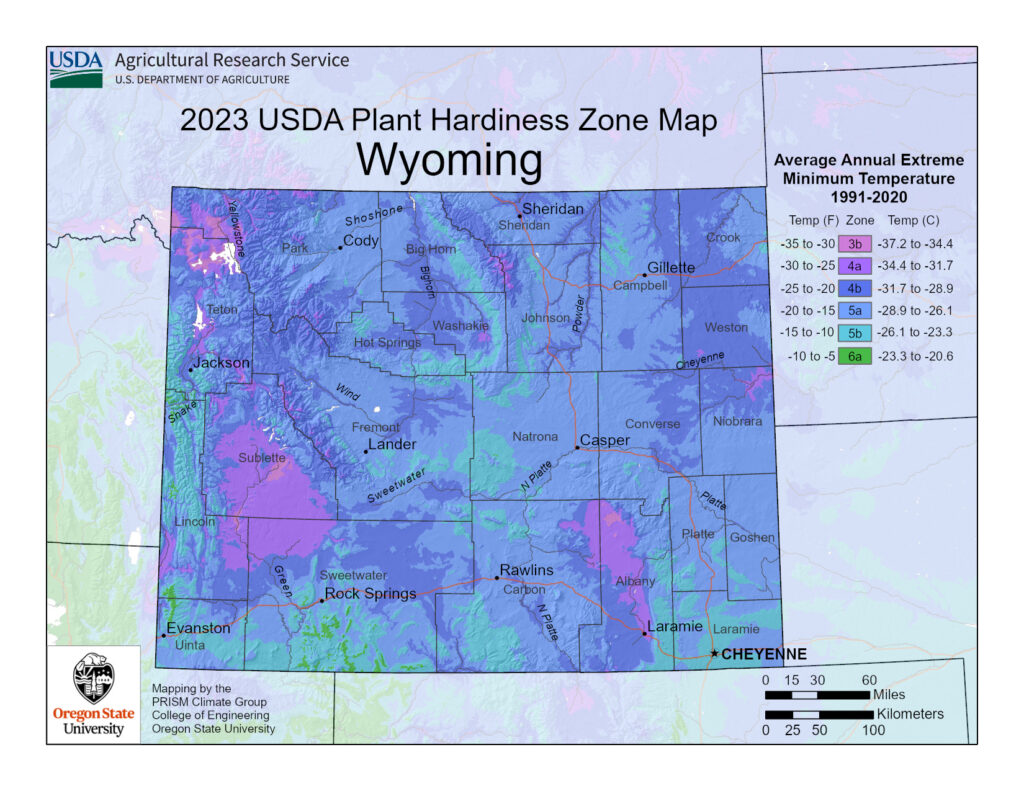
Starting with water, here in the west we are almost always in a drought of some level. The average yearly moisture for Laramie County, Wyoming is 8 to 15 inches. Some places in Natrona County, Wyoming, get as little as 3 inches and up to 12 inches. These numbers include the moisture in snow. Back east, the average annual moisture starts at 21 inches and goes up to 45 inches, with an average of 38 inches. This is a world of difference for a plant that tolerates wet soils, but dies in dry soils, but has a USDA Zone for the area.
Soil pH is another important component to plant growth. Some plants need an acidic soil, where other plants tolerate a more alkaline soil. In the west, we deal with an alkaline soil or pH of 7 or higher. This is not information on the USDA plant zones.
The best example where soil is critical for plant survival are Blueberries. For some reason the big box stores like to sell them to us here in the west. While blueberries are very cold hardy and zone appropriate for the west, they are not tolerant of alkaline high pH soils–they are acid low pH soil lovers. Trying to change the soil pH is extremely difficult if not impossible. A fertilizer for acid loving plants is not the answer, it only causes problems in the long run. Blueberries will not tolerate dry windy locations especially during the winter. Like all fruit bearing plants and trees they need a lot more water than the average shrub or lawn.
If you must grow blueberries, plant them directly into a bag/container of peat moss, never let it dry out. For winter, bring the plant and bag into a shelter out of the wind and never let it dry out. Use a low nitrogen fertilizer, but one with micronutrients.
It is much easier to grow a plant or tree that is already adapted to our growing conditions. It is nearly impossible to change the soil for a plant that doesn’t want to grow here. It’s better to buy a plant that is more cold tolerant than the zone listed for your area.
Written by Catherine Wissner, retired University of Wyoming Laramie County Extension Horticulturist.
Additional References:
- “Use this tool to guide garden and landscape choices – but understand its limitations,” Caleb Carter and Hudson Hill, posted April 7, 2021, https://uwagnews.com/2021/04/07/use-this-tool-to-guide-garden-and-landscape-choices-but-understand-its-limitations/ ↩︎
- USDA Plant Hardiness Zone Maps — How to Use Them: https://planthardiness.ars.usda.gov/pages/how-to-use-the-maps
- USDA Plant Hardiness Zone Map for download: https://planthardiness.ars.usda.gov/pages/map-downloads

